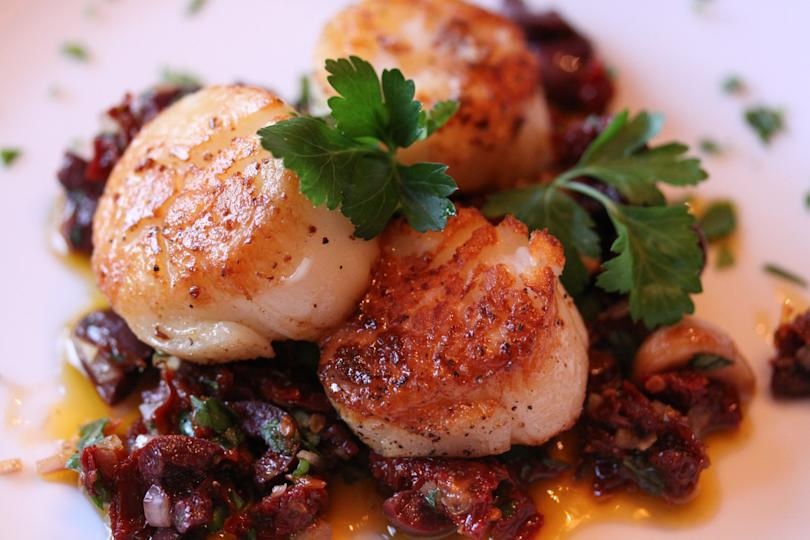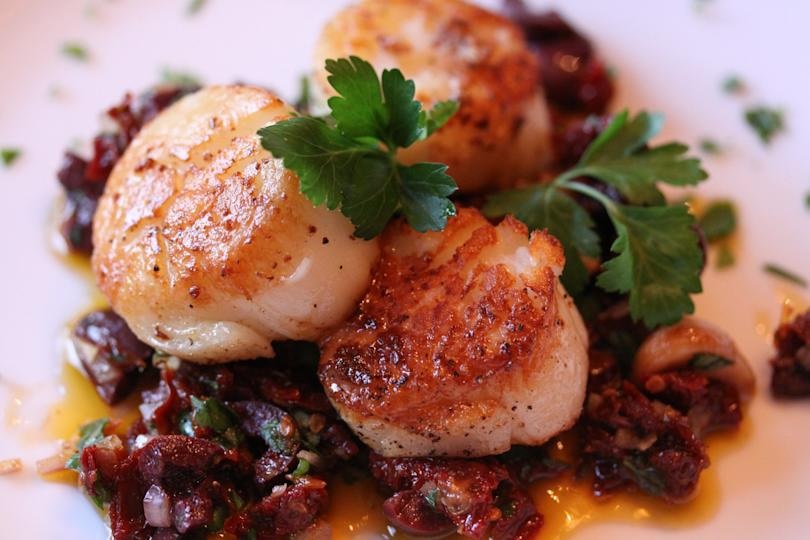
A Culinary Journey Through Europe: 10 Must-Try Traditional Dishes and Their Cultural Stories
Europe is a continent rich in history, culture, and—most deliciously—cuisine. Each country boasts its own unique flavors, cooking techniques, and time-honored dishes that tell stories of tradition, geography, and heritage. Join us on a mouthwatering journey through Europe as we explore 10 must-try traditional dishes and the fascinating cultural tales behind them.
1. Italy: Pizza Napoletana (Naples, Italy)
The Story: Pizza as we know it was born in Naples in the 18th century as a quick, affordable meal for the working class. The classic Pizza Margherita—topped with tomato sauce, mozzarella, and basil—was created in 1889 to honor Queen Margherita of Savoy, with its colors representing the Italian flag.
Why Try It? Authentic Neapolitan pizza has a soft, chewy crust with a slightly charred edge, cooked in a wood-fired oven for just 90 seconds. It’s so cherished that it’s protected by UNESCO as an Intangible Cultural Heritage.
2. France: Boeuf Bourguignon (Burgundy, France)
The Story: This hearty beef stew originates from Burgundy, a region famous for its wine. Peasants slow-cooked tough cuts of meat in red wine to tenderize them, creating a rich, flavorful dish that became a French classic.
Why Try It? The deep, wine-infused sauce, tender beef, mushrooms, and pearl onions make it a masterpiece of French comfort food. Julia Child famously brought it to international fame in her cookbook Mastering the Art of French Cooking.
3. Spain: Paella (Valencia, Spain)
The Story: Born in Valencia, paella was originally a farmer’s meal cooked over an open fire in a wide, shallow pan. The dish evolved based on available ingredients—rabbit, chicken, snails, and later seafood. The name comes from the Old French word paelle (pan).
Why Try It? Authentic Valencian paella features bomba rice, saffron, and local meats or seafood. Each region in Spain has its own twist, making it a culinary adventure in every bite.
4. Germany: Sauerbraten (Germany)
The Story: This pot roast, marinated for days in vinegar, wine, and spices, dates back to the Holy Roman Empire. It was a way to preserve meat before refrigeration. The tangy-sweet flavor comes from gingerbread (Lebkuchen) or raisins in the gravy.
Why Try It? Served with red cabbage and potato dumplings, Sauerbraten is a perfect example of Germany’s love for hearty, flavorful dishes.
5. Greece: Moussaka (Greece)
The Story: While versions of moussaka exist across the Balkans and Middle East, the Greek version—layered with eggplant, spiced lamb, and béchamel sauce—was popularized by chef Nikolaos Tselementes in the 1920s.
Why Try It? The creamy, spiced layers make it a comforting dish, often called “Greece’s answer to lasagna.”
6. United Kingdom: Fish and Chips (England)
The Story: Introduced by Jewish immigrants in the 19th century, fish and chips became Britain’s iconic takeaway food. During WWII, it was one of the few foods not rationed, boosting its popularity.
Why Try It? Crispy beer-battered cod or haddock with thick-cut fries, mushy peas, and tartar sauce is a must-try British experience.
7. Hungary: Goulash (Hungary)
The Story: Originally a stew eaten by Hungarian shepherds (gulyás means “herdsman”), goulash was cooked in a cauldron over an open fire. Paprika, Hungary’s signature spice, gives it a vibrant red color and smoky flavor.
Why Try It? This warming, paprika-rich stew with tender beef and root vegetables is Hungary’s national dish.
8. Portugal: Pastel de Nata (Lisbon, Portugal)
The Story: Created by monks in Lisbon’s Jerónimos Monastery in the 18th century, these custard tarts used leftover egg yolks (whites were used for starching clothes). After the monastery closed, the recipe was sold to a bakery that still operates today: Pastéis de Belém.
Why Try It? The flaky crust and creamy, cinnamon-dusted custard make it Portugal’s most beloved pastry.
9. Sweden: Köttbullar (Sweden)
The Story: Swedish meatballs were likely inspired by King Charles XII’s travels to Turkey in the 18th century. The dish evolved into a Swedish staple, traditionally served with lingonberry sauce, mashed potatoes, and cream gravy.
Why Try It? IKEA may have popularized them globally, but homemade köttbullar are tender, flavorful, and deeply comforting.
10. Poland: Pierogi (Poland)
The Story: These stuffed dumplings date back to the 13th century and were likely influenced by trade with Asia. Fillings vary from savory (potato, cheese, meat) to sweet (berries, sweet cheese).
Why Try It? Pierogi are Poland’s ultimate comfort food, often enjoyed during festivals and family gatherings.
Final Thoughts
Europe’s culinary traditions are as diverse as its cultures. Each dish tells a story—of survival, celebration, or innovation—making every bite a journey through history. Whether you’re savoring a slice of Neapolitan pizza or biting into a warm Portuguese custard tart, these flavors will transport you straight to the heart of Europe.
Which dish will you try first? Bon appétit, or as they say across Europe—Buon appetito, Guten Appetit, Smaklig måltid, and Kali orexi!





















